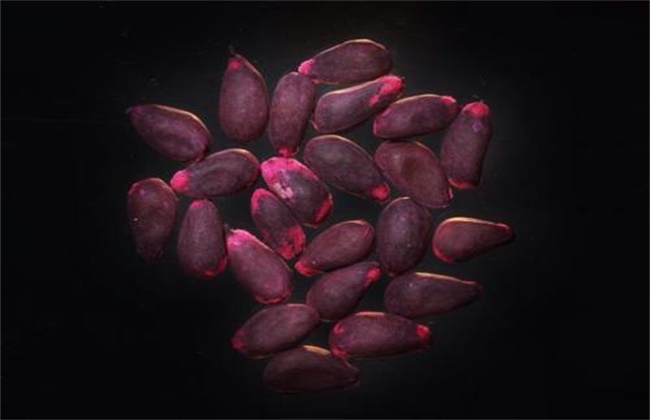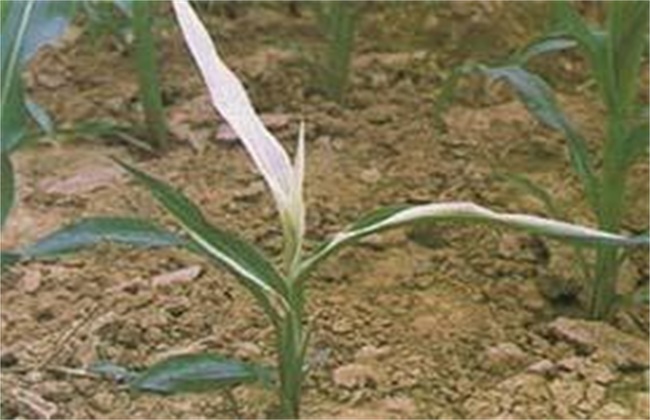Key points of management of winter wheat in early spring
After entering March, wheat has also entered the jointing stage of turning green, which is also the peak period of weeds, diseases and insect pests. At present, wheat has gradually entered the stage of turning green and jointing. From the overall growth, it is still quite gratifying. So how to manage winter wheat after entering March? Come and have a look with the editor.

1. Weeding
After entering spring, wheat enters a period of rapid growth, but weeds grow faster, so wheat fields without weeding should be carried out as soon as possible. Weeding is generally chemical agents, and chemical weeding in spring should pay attention to the growth status of wheat, mainly depends on whether jointing wheat, if the wheat has jointed, in principle should not use herbicides. Chemical weeding of unjointed wheat should be done in one step, because there is no room for manoeuvre in terms of time and season.
2. Prevent waterlogging damage
There are more cloudy and rainy days in spring, and the rainfall is naturally relatively large, so it is very easy to form waterlogging and waterlogging damage, so it is necessary to clean up the three ditches in the wheat field. In particular, it is necessary to deepen the ditch, dredge the ditch outside the field, reduce waterlogging and waterlogging damage as much as possible, protect roots and leaves, prevent premature senescence, and ensure the steady growth of wheat.
3. Topdressing jointing fertilizer
The important measures to ensure the panicle rate and increase the number of grains per spike when applying jointing fertilizer well. For the plots with small wheat seedling population, dark leaf color, poor soil fertilizer supply capacity or no returning green fertilizer, jointing fertilizer should be applied in the first and middle of March according to the jointing situation of wheat. On the other hand, for the plots where the wheat seedling population is large, the leaf color capacity is strong, the soil fertility is strong, or the returning green fertilizer has been applied, the topdressing should be postponed appropriately, and the amount of topdressing should be reduced appropriately, and jointing fertilizer should be applied in the middle and late March when the leaf color fades.
4. Promote the weak to become strong
For yellow seedlings, weak seedlings, diseased seedlings and drug-damaged seedlings, on the basis of applying appropriate amount of quick-acting fertilizer, foliar spraying plant potential activation and or biological stimulating hormone. For example, seaweed foliar fertilizer, humic acid multifunctional foliar fertilizer, amino acid foliar fertilizer, brassinolide, potassium dihydrogen phosphate and so on can be selected to supplement plant nutrition, improve stress resistance, promote young panicle development, and lay a good foundation for yield increase and quality improvement.
The above is an introduction to the management of winter wheat in early spring. I hope it can help you. If you want to know more about it, please follow us.
Related
- The first cup of black tea in spring, the flavor and history of tea gardens in Kenya, Africa
- The computer can not only choose potatoes, but also grow tea rice. AI will grow winter oolong tea champion.
- It is not only the inflated tea bitten by insects, but also engraved with the four seasons tea in Beipu.
- The Oriental Beauty Tea Festival in Zhuxian County takes the stage at the weekend to experience the plus-size feast of oil tea.
- & quot; Oriental Beauty Tea & Exploration of Emei in Hsinchu, the hometown of quot;
- The new variety of strawberry "Tainong 1" dessert is the first choice with mellow aroma. Crimson gorgeous
- History of Tea in Taiwan: from Wild Inner Mountain to Export Tea Garden
- Two types of Taiwan Oriental Beauty Black Tea won the British three-Star Award for Childhood Tea Xiang Zhang Jiaqi changed from pilot to champion tea maker.
- Banana species and varieties: the planting history of Taiwan Xianren banana and dwarf banana is long, is banana disease resistant?
- Coffee planting Technology: Qianjie Coffee from Seedling to harvesting



